How to use a foam roller
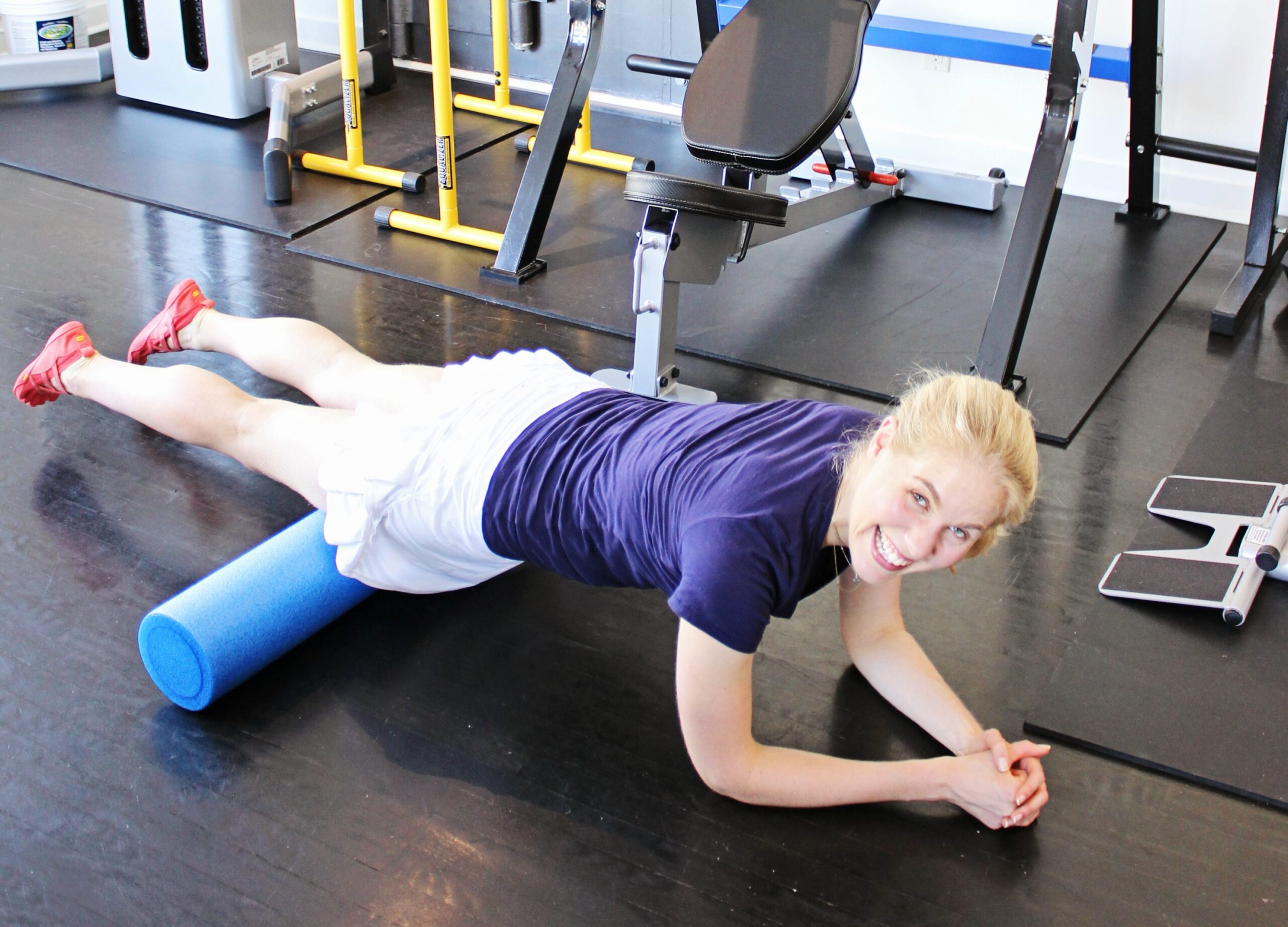
Welcome to the sixth installment of my “How to use X” series. In each blog, I zoom in on a different piece of exercise equipment. The purpose? I don’t want any reader to EVER think “I would exercise … I would use that … if only I knew how.”
Today … the foam roller!
I am sure you have seen the roller — a long, cylindrical foam tube. Now is the time for you to start using it! Contrary to popular belief, it is NOT just for injured runners and Pilates devotees. Everyone can — and should — use the roll!
I use mine daily — both personally and professionally. It is incredibly versatile; use it to massage sore muscles, improve posture, challenge your balance and core, and even as part of a sleep routine. Plus, it is relatively inexpensive and small enough that, if you work out at home, you can hide it in a closet. (I leave mine in my living room in full view. The visual cue helps remind me to use it.)
Three primary ways to use a foam roller:
As a self-massage tool (the pain feels so good).
As an unstable “weight bench” (i.e. an easy way to stealthily sneak in more core).
A glorious part of a bedtime sleep routine.
1. As a massage tool
Use the roll to massage any muscle — just place it on the floor and the sore body part on the roll. Then use your legs and/or arms to propel your body forward and backward. When you find a trigger spot hold, then toggle your body side to side to intensify the massage.
These are a few of my favourite self-massage exercises.
Calf rolling: Sit on the floor with the roller under your calves, perpendicular to your body. Lift your bum slightly off the ground. Roll yourself forward and backward so the roller moves up and down your lower legs.
Experiment. Rotate your legs side to side slightly as you move. This is called cross-fibering. Pinpoint a few trigger points.
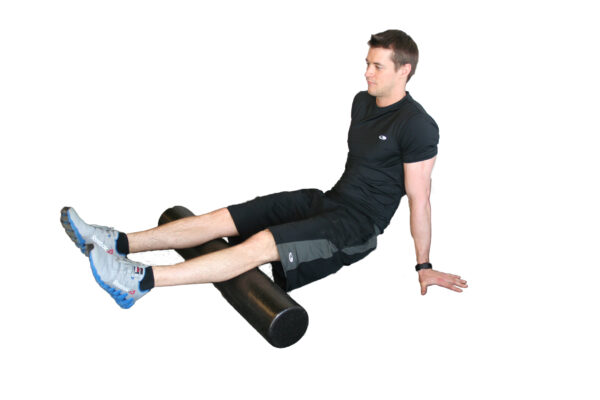
Upper-back relief: Start on the floor with your bum on the ground and the roller under your upper back, perpendicular to your body, head resting in your hands. Lift your hips up. Roll your body forward and backward so the roller moves up and down your back. Keep your core engaged.
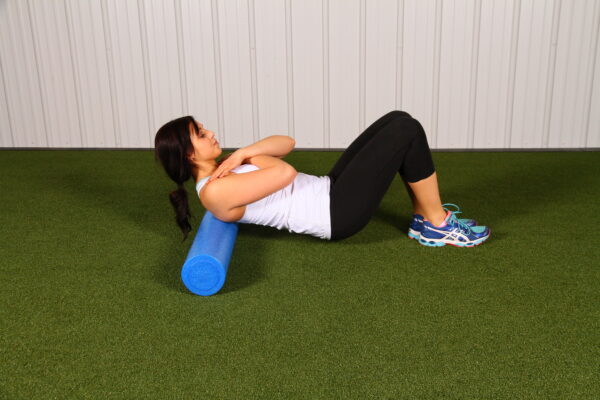
Thigh release: Lie facing the floor, with a foam roller placed horizontally under your thighs and your forearms on the ground. Use your arms to roll your body forward and backward so the roll moves up and down your thighs. As you roll, bend and straighten your knees. Repeat 5 to 10 times.
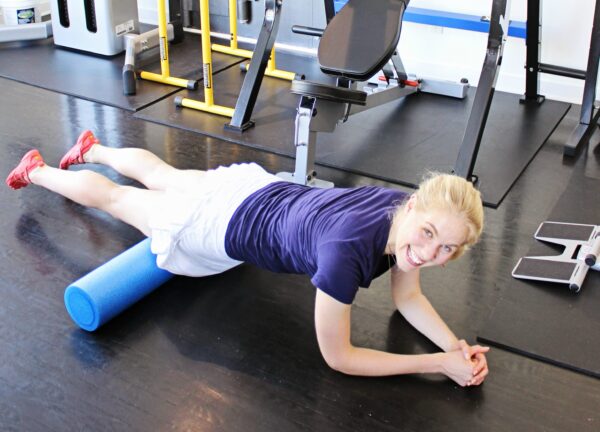
Quick note: Don’t be too aggressive! Yes, expect to feel sensations as the roller uncovers adhesions and possibly scar tissue — I call this “positive pain” — but never roll though “negative pain.” Your body shouldn’t hurt more after you roll; the pain should never take your breath away or feel like electricity or numbness.
2. As an unstable bench
Turn the roll into an unstable surface (i.e., core and balance trainer) by lying lengthwise on it. Your head and pelvis should both be on the roll. This position allows you to do traditional weight exercises on an unstable surface, stretch out your chest, and improve your posture, balance, and core.
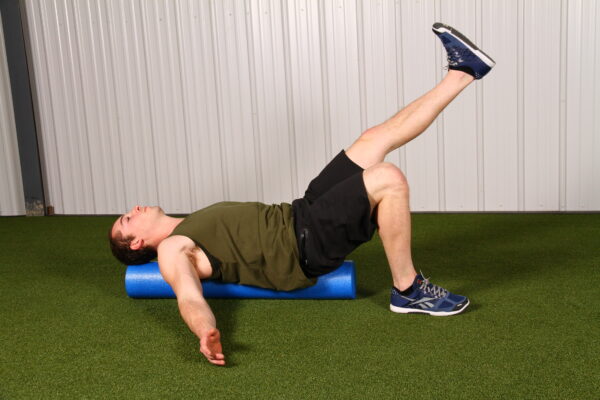
2. As an unstable bench
Turn the roll into an unstable surface (i.e., core and balance trainer) by lying lengthwise on it. Your head and pelvis should both be on the roll. This position allows you to do traditional weight exercises on an unstable surface, stretch out your chest, and improve your posture, balance, and core.
Strength exercises: Do strength exercise that you would traditionally do on a bench — think bench presses, flys, or skull crushers. By doing them lying on an unstable surface, you increase the challenge for your core. The closer together your feet are, the more balance and core required. To challenge yourself even further, try lifting one leg. Or, do alternating bench presses or flys — moving one arm sideways at a time is a major core workout!
Stretch your chest: Lie lengthwise on the roll so it follows the line of your spine. Let your arms fall out to the side, so that your body forms a T. Hold for 5 seconds. To make this more dynamic, lift your arms and hug yourself so your upper back rounds. Then let your arms fall back out to the side and repeat 10 times.
Improve posture: Simply lying on the roll will improve posture and challenge your core — the roll forces a more upright position. To further improve posture, try scapular retractions. Start with your arms straight above your chest. Keep them straight and use your upper back muscles to “hug” the roll with your shoulder blades. Release and repeat.
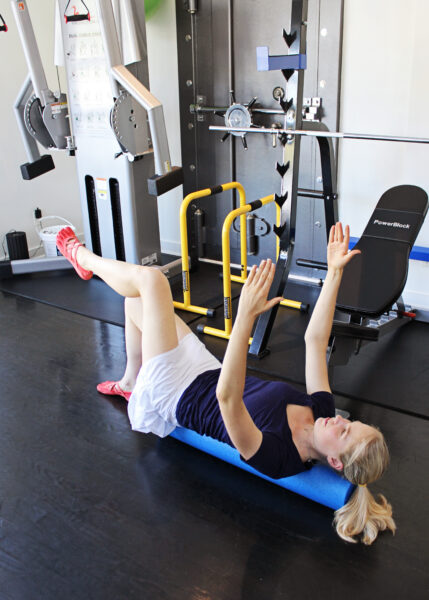
3. As part of a bedtime routine
About 20 to 30 minutes before I want to be asleep, I start my “bedtime routine.” Everyone’s routine will be unique, but the purpose is to prepare your body and brain for sleep. Useful activities include meditation, breathing, turning off all screens, an Epsom salt bath, brushing your teeth, etc — and even simply lying on the foam roller. I often do my meditative breathing lying on the roll.
Another exercise I love is breathing snow angels. Lie on your back on the roll and arc your arms along the floor as if you were making a snow angel. Keep your arms as close to the floor as your body will comfortably allow. Do 10 to 15 reps. Breathe.
Originally published at FLAMANFITNESS












